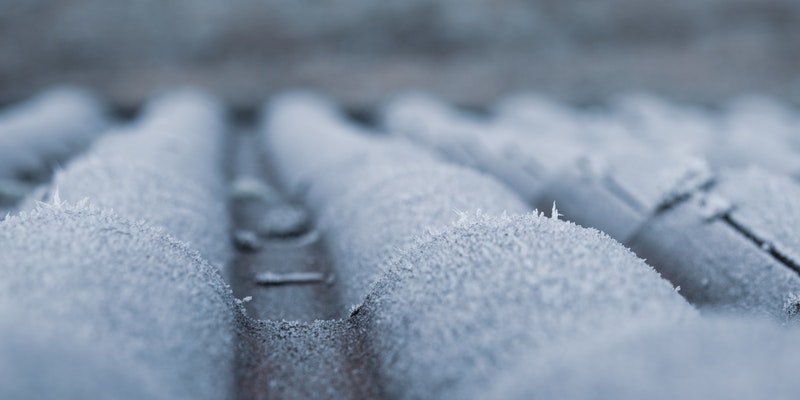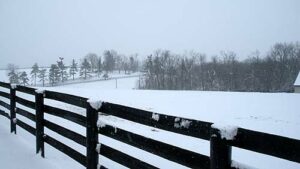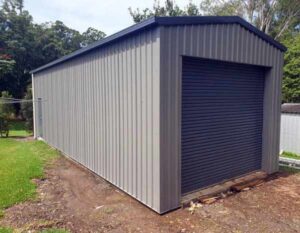The environment can threaten your roof if you fail to take precautionary measures. If you have a metal roof and fail to paint it, there is a chance it might rust. Also, failure to clean the gutters might cause a clog that will lead to overflows. You must understand how to protect your roof from environmental threats. The following are some simple measures that teach you how to protect your roof the right way.

How to Protect Your Roof From Environmental Threats
Install a Green Roof
Green roofing, formally known as a vegetated roof, covers the roof with plants. It helps insulate buildings, lowers the temperature of buildings, and reduces runoff. Also, a green roof can protect your home from heavy snowfall and rain. Green roofing can be as expensive as constructing a new roof, but it is worth the investment.
There are two main types of green roofs- permanent and temporary. Permanent green roofs will require a lot of work to maintain. You will need to fertilize your green roof and rototill the soil to keep it healthy, so it absorbs a lot of wind and water.
Use a Gutter Guard
Exposed gutters are a major hazard that could easily destroy your roof. If the gutters are clogged, it may cause the downspouts to be clogged as well. If this happens, rainwater won’t easily flow away from your roof and instead may cause water to leak through your roof. Installing a 5 inch gutter guard covers enough area of your gutter to protect it from falling leaves and debris. Don’t forget the downspouts!
Be Wary of Nearby Trees
Leaves and debris from trees can easily fall and cause damage to your roof. It may be a small problem initially, but it can lead to bigger problems if left unattended. More importantly, if you allow debris to fall into the gutter, they will clog it once they reach the gutter. Also, do not rush to cut the trees as they may serve to protect your roof from strong winds during a storm. Rather, trim any long branches that are too close to your roof.
Install a Roof That Can Withstand Hail
If you live in an area where hail or high winds are common, you may want to consider installing a strong roof that can withstand hail. Hail is a common problem everywhere, and it can easily wreak havoc on your roof, causing leaks if your home has a weak roof. The best way to protect your roof from hail is to make sure it is thick enough.
Paint Your Roof
Painted roofs have been proven to last longer than unpainted ones. Painting your roof is an inexpensive way to protect it from rusting, erosion, and leaks. It would help if you considered getting fireproof paint for lasting protection. Also, you might want to consider painting your roof if you are considering installing solar panels.
Install Additional Insulation
Another great way to protect your roof is by adding additional insulation. Insulation can help protect your roof from high winds and hail. In addition to the insulation, you should also consider having the roof sealed from heat and humidity. Roof sealing prevents snow from melting onto your roof and allows rainwater to flow away easily.
Install Flashing on the Chimney
If your chimney leaks, it can cause water damage to your entire roof. It is because the chimneys are easily damaged by water, which may enter your home through cracks in the walls or floors.
Install a Storm Drain
When it is time to install flashing on your chimney, you should install a storm drain. It is important so that water can be directed away from the chimney and into the gutter. Also, if you have any other leaks in your home, consider installing a drain. If you stay vigilant about these issues, you will protect your roof from further damage.
Secure Your Shingles
Strong winds and heavy snow can easily damage your roof. It can easily cause the shingles to pop off or crack. In this case, ensure that your shingles are secured in place with strong nails that are long enough to penetrate the roof.
People who know how to protect your roof understand the value of being proactive. It would help if your roof were inspected every year by a professional to ensure it is in good condition. Roof inspections can easily reveal problems before they become major issues. If you ignore the problems, you may have bigger challenges in the future. These could ultimately cost more money to fix than if you repaired the problem immediately.



